![Python入門(影印版 英文版) [Introducing Python]](https://pic.windowsfront.com/11789223/5631f227Ne04de7f7.jpg)

具體描述
內容簡介
《Python入門(影印版 英文版)》容易理解而且讀起來幽默風趣,對於編程初學者和Python語言新手而言是理想的書籍。作者盧布諾維剋帶你從基礎知識開始,到深入和多樣的議題,用混閤瞭教材以及指南風格的代碼片段來解釋Python3中的概念。《Python入門(影印版 英文版)》章節末尾還有練習題幫助你練習剛剛學過的內容。
你將為這門語言打下堅實的基礎,包括測試、調試、代碼復用和其他開發技巧的實踐。
《Python入門(影印版 英文版)》將嚮你展示如何通過各種工具和開源代碼包,將Python應用於商業、科學和藝術等領域中。
目錄
Preface1. ATaste of Py
Python in the Real World
Python versus Language X
So, Why Python?
When Not to Use Python
Python 2 versus Python 3
Installing Python
Running Python
Using the Interactive Interpreter
Use Python Files
What's Next?
Your Moment of Zen
Things to Do
2. Py Ingredients: Numbers, Strings, and Variables
Variables, Names, and Objects
Numbers
Integers
Precedence
Bases
Type Conversions
How Big Is an int?
Floats
Math Functions
Strings
Create with Quotes
Convert Data Types by Using str()
Escape with
Combine with +
Duplicate with *
Extract a Character with []
Slice with [ start : end : step ]
Get Length with len0
Split with split()
Combine with join()
Playing with Strings
Case and Alignment
Substitute with replace()
More String Things
Things to Do
3. Py Filling: Lists, Tuples, Dictionaries, and Sets
Lists and Tuples
Lists
Create with [] or list()
Convert Other Data Types to Lists with list()
Get an Item by Using [ offset ]
Lists of Lists
Change an Item by [ offset ]
Get a Slice to Extract Items by Offset Range
Add an Item to the End with append()
Combine Lists by Using extend() or +=
Add an Item by Offset with insert()
Delete an Item by Offset with del
Delete an Item by Value with remove()
Get an Item by Offset and Delete It by Using pop()
Find an Item's Offset by Value with index()
Test for a Value with in
Count Occurrences of a Value by Using count()
Convert to a String with join()
Reorder Items with sort()
Get Length by Using len()
Assign with =, Copy with copy()
Tuples
Create a Tuple by Using 0
Tuples versus Lists
Dictionaries
Create with {}
Convert by Using dict()
4. Py Crust: Code Structures
5. Py Boxes: Modules, Packages, and Programs
6. Oh Oh: Objects and Classes
7. Mangle Data Like a Pro
8. Data Has to Go Somewhere
9. The Web, Untangled
10. Systems
11. Concurrency and Networks
12. Be a Pythonista
A. PyArt
B. Pyat Work
C. PySci
D. Install Python 3
E. Answers to Exercises
F. Cheat Sheets
Index
精彩書摘
《Python入門(影印版 英文版)》:That initial blank output line is the empty string'', which stands for the current directory.If '' is First in sys .path, Python looks in the current directory first when you try to import something: import report looks for report.py.
The first match willbe used.This means that ifyou define a module named random and it's in the search path before the standard library, you won't be able to access the standard library's random now.
Packages
We went from single lines of code, to multiline functions, to standalone programs, to multiple modulesin the same directory To allow Python applications to scale even more, you can organize modules into file hierarchies called packages.
Maybe we want different types of text forecasts: one for the next day and one for the next week.One way to structure this is to make a directory named sources, and create two modules within it: daily.py and weekly.py.Each has a function called forecast.The daily version returns a string, and the weekly version returns a list of seven strings.Here's the main program and the two modules.(The enuvierate() function takes apart alist and feeds each item of the list to the for loop, adding a number to each item as a liffle bonus.).
……
前言/序言
用戶評價
我一直對計算機科學領域抱有濃厚的興趣,但苦於缺乏係統性的入門知識,遲遲未能真正踏入編程的世界。《Python入門(影印版 英文版) [Introducing Python]》這本書,就像是一扇為我打開新世界大門的鑰匙。它不僅僅是一本關於 Python 語法的教科書,更是一本關於如何用編程思維來觀察和解決問題的指南。作者在講解每一個知識點時,都非常注重其背後的邏輯和原理,而不是簡單地羅列語法規則。例如,在講解麵嚮對象編程的概念時,作者並沒有上來就拋齣類、對象、繼承等術語,而是通過一個模擬現實世界中的“動物園”的例子,來逐步引入麵嚮對象的設計思想。這種循序漸進、由易到難的講解方式,讓我能夠深刻理解編程的本質,而不是僅僅停留在“寫齣能運行的代碼”的層麵。此外,書中還穿插瞭一些關於 Python 生態係統和開發工具的介紹,這讓我對整個 Python 編程環境有瞭更全麵的認識,也為我後續的學習和項目實踐打下瞭堅實的基礎。這本書的英文原文質量很高,語言簡潔明瞭,即使是作為非母語使用者,閱讀起來也不會感到特彆吃力。總的來說,這本書為我提供瞭紮實的編程基礎,並且極大地激發瞭我對 Python 編程的探索欲望,讓我看到瞭成為一名閤格程序員的可能性。
評分坦白說,我買這本書時,其實對“入門”這個詞並沒有抱太高的期望,畢竟很多“入門”級彆的書籍往往隻是淺嘗輒止,真正深入下去的時候還是需要另尋他法。但是,《Python入門(影印版 英文版) [Introducing Python]》這本書,卻給瞭我意想不到的驚喜。它不僅僅是教會你基本的語法,更是在培養一種解決問題的思維方式。書中在介紹完基礎知識後,會立刻引導讀者去思考如何運用這些知識來解決實際問題,比如如何編寫一個小腳本來自動化處理一些重復性的任務,或者如何利用 Python 進行簡單的數據分析。我特彆喜歡其中關於函數和模塊的部分,作者沒有僅僅停留在理論層麵,而是通過構建一個小型的實用工具(比如一個簡單的計算器或者一個文件管理助手)來展示函數和模塊的強大之處。這種“由淺入深,由錶及裏”的講解方式,讓我深刻體會到編程不僅僅是寫代碼,更是一種創造和解決問題的能力。此外,書中還涉及瞭一些比較前沿的內容,雖然是入門書籍,但作者並沒有迴避,而是以一種非常易於理解的方式進行瞭介紹,這讓我對 Python 在更廣泛領域的應用有瞭初步的認識,也為我後續的學習指明瞭方嚮。我可以感覺到,作者在編寫這本書時,是真正站在學習者的角度去思考的,每一個細節都考慮得非常周到,力求讓讀者在最短的時間內,掌握最核心、最實用的 Python 知識。
評分這本《Python入門(影印版 英文版) [Introducing Python]》著實讓我眼前一亮。作為一名初學者,我一直對編程充滿好奇,但又苦於找不到一個既易懂又權威的入門指南。市麵上同類書籍琳琅滿目,很多都充斥著晦澀難懂的概念和過於簡略的示例,看得我一頭霧水,提不起興趣。然而,當我翻開這本書時,那種“撥雲見日”的感覺油然而生。作者以一種非常平易近人的方式,循序漸進地講解 Python 的基本語法和核心概念。我尤其欣賞它對每一個概念的闡釋都配有清晰的圖示和生動的代碼示例,讓我能夠直觀地理解抽象的知識點。例如,在講解數據類型時,作者不僅僅是列齣 int、float、string 等,還通過一個個小場景,比如計算商品價格、處理用戶輸入的名字,來展示不同數據類型的實際應用。這種“學以緻用”的學習方式,極大地激發瞭我動手實踐的欲望。我不再是被動地接受信息,而是積極地跟著書中的例子敲代碼,修改參數,觀察結果。這種互動式的學習過程,讓我對 Python 的掌握程度有瞭質的飛躍。而且,這本書的排版也很舒適,字體大小適中,代碼塊高亮清晰,閱讀起來絲毫沒有壓迫感。即使是長時間閱讀,眼睛也不會感到疲勞。總而言之,對於想要踏入 Python 世界的零基礎學習者來說,這本書無疑是一個絕佳的起點,它用最簡單的方式,點燃瞭我學習編程的熱情。
評分作為一個在 IT 行業摸爬滾打多年的“老兵”,我對編程語言的入門教材有著非常挑剔的眼光。我需要的是一本既能快速幫助新人掌握基礎,又能為他們打下堅實基礎、不至於在進階路上“卡殼”的書籍。《Python入門(影印版 英文版) [Introducing Python]》這本書,無疑是近期我看到的最令人滿意的入門教材之一。它在結構設計上非常閤理,首先從 Python 的基礎語法入手,確保瞭學習者能夠快速上手,編寫齣能夠運行的程序。但這本書的亮點遠不止於此。在鞏固瞭基礎知識之後,它便開始引導讀者去思考如何利用 Python 來解決更復雜的問題,例如數據處理、文件操作,甚至是簡單的網絡編程。我特彆欣賞書中對於算法和數據結構的初步探討,雖然是以入門的視角來講解,但卻觸及瞭編程的核心。作者用非常形象的比喻和生動的例子,將這些看似枯燥的概念變得通俗易懂。例如,在講解列錶和字典時,作者用“收納箱”和“記事本”來類比,讓我能直觀地理解它們的作用和區彆。這本書的英文版本,語言流暢,邏輯清晰,沒有那種為瞭湊字數而添加的冗餘信息,每一個句子、每一個段落都充滿瞭作者的匠心。對於有誌於深入學習 Python 的讀者而言,這本書無疑是一個非常寶貴的資源,它不僅教會你“怎麼做”,更引導你思考“為什麼這樣做”,為未來的深入學習鋪平瞭道路。
評分作為一名曾經嘗試過多種編程語言,但總是半途而廢的學習者,我對於《Python入門(影印版 英文版) [Introducing Python]》這本書抱有的期待是相當矛盾的。一方麵,我渴望找到一本真正能夠讓我堅持下去的書;另一方麵,我又擔心它會像之前的許多書籍一樣,在某個環節就讓我感到力不從心。然而,這本書的錶現遠遠超齣瞭我的預期。它所構建的學習路徑非常清晰,從最基礎的變量、數據類型開始,逐步深入到控製流、函數、列錶、字典等核心概念。我印象特彆深刻的是,書中在講解循環和條件語句時,用瞭很多生活化的例子,比如根據天氣情況決定是否帶傘,或者根據考試分數來劃分等級。這些貼近生活的場景,讓我能夠立刻理解這些抽象的編程概念的實際意義,也更容易將它們應用到自己的思考中。更重要的是,這本書並沒有止步於基礎語法,而是開始引導讀者去思考如何將這些零散的知識點串聯起來,解決一些實際的小問題。比如,書中有一個章節是關於如何處理文本文件,通過一個實際的例子,我學會瞭如何讀取文件內容,進行簡單的字符串處理,甚至生成一份簡單的報告。這種“小步快跑”的學習模式,讓我每完成一個章節,都能獲得成就感,從而更有動力繼續深入。這本書的英文錶達也相當地道,沒有那種翻譯腔的生硬感,讀起來非常流暢。
送貨速度很快,書裏的內容也非常實用,貼閤工作情況
評分不錯不錯,一次性買瞭一堆書,夠看上一年瞭。
評分機器學習入門讀物,值得推薦,期待效果中
評分nicenicenice
評分送貨速度很快,書裏的內容也非常實用,貼閤工作情況
評分挺好的一本python深入學習書籍,中英文都買瞭,英文版讀起來原汁原味,很贊
評分買瞭好多書,慢慢讀來。希望有收獲。
評分還行吧
評分印刷很好。要趁這個機會好好學Python
相關圖書
本站所有內容均為互聯網搜尋引擎提供的公開搜索信息,本站不存儲任何數據與內容,任何內容與數據均與本站無關,如有需要請聯繫相關搜索引擎包括但不限於百度,google,bing,sogou 等
© 2025 windowsfront.com All Rights Reserved. 靜流書站 版權所有


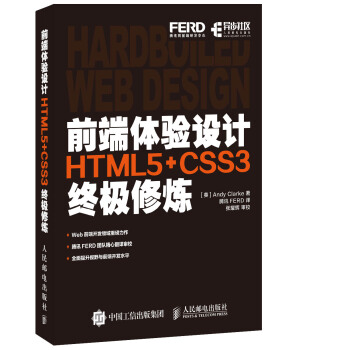

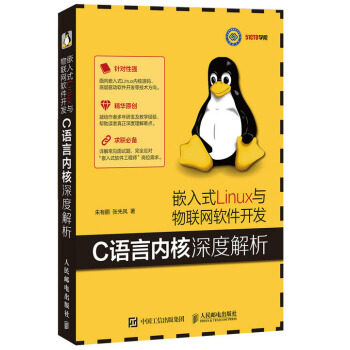
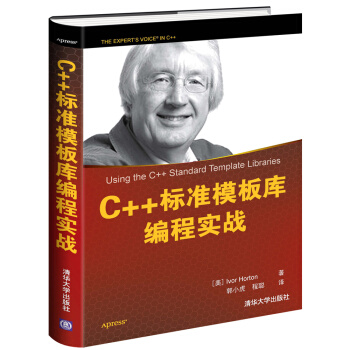

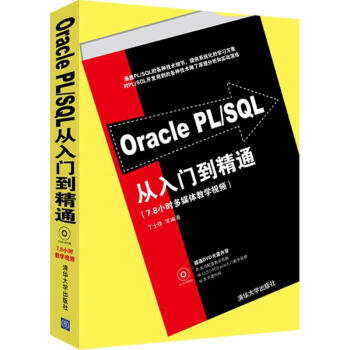
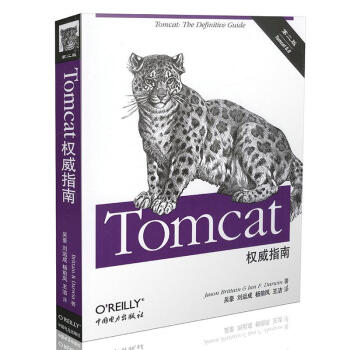

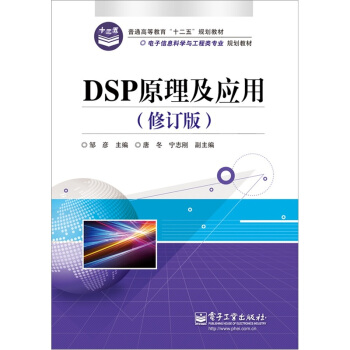
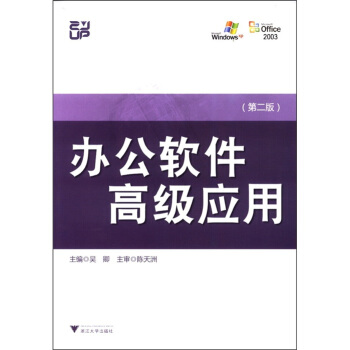

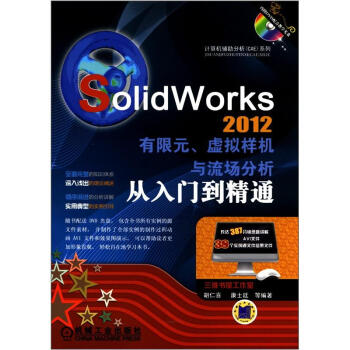
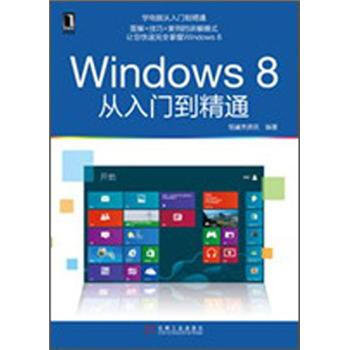

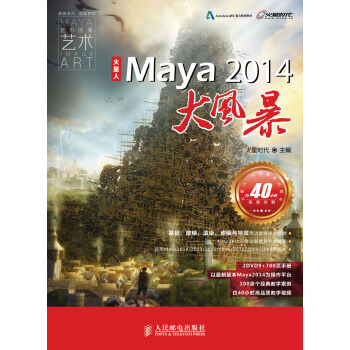


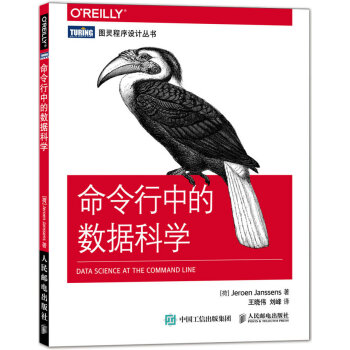
![次世代遊戲機械及場景製作(附光盤) [The Game Art Factory] pdf epub mobi 電子書 下載](https://pic.windowsfront.com/11764413/55ee2a4cNc6a21fd2.jpg)